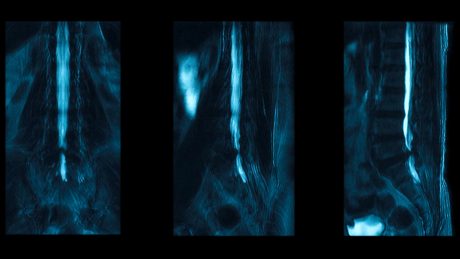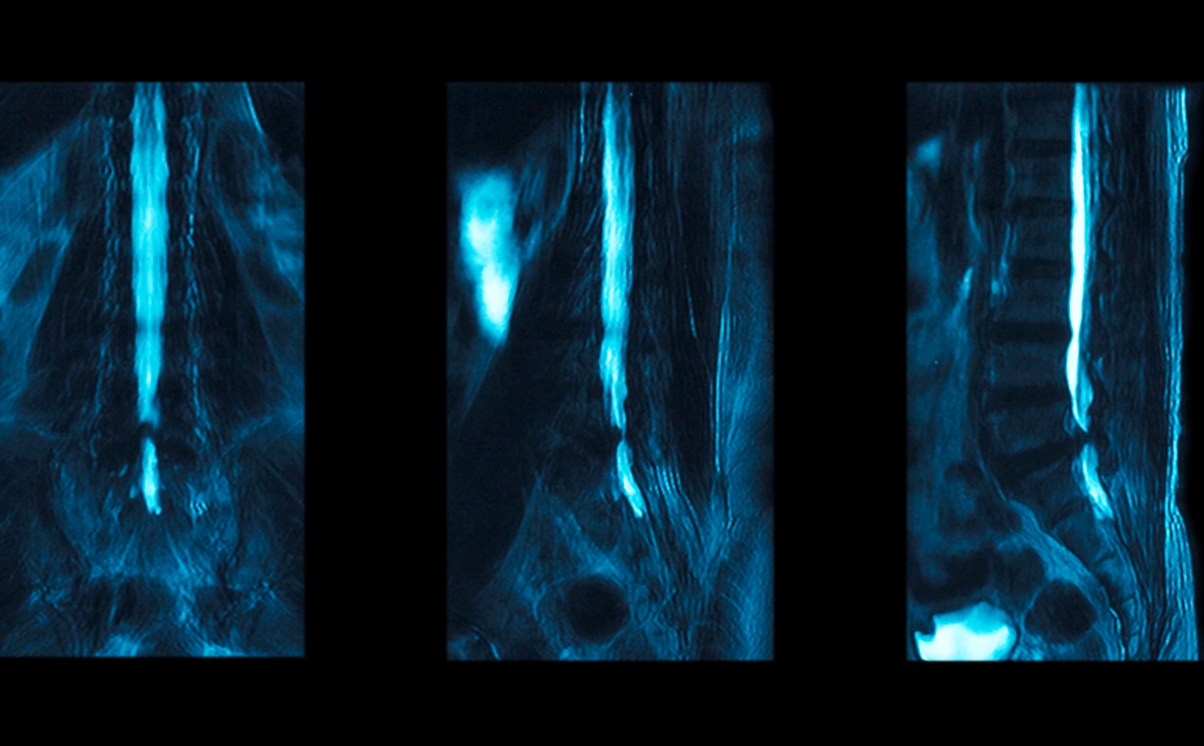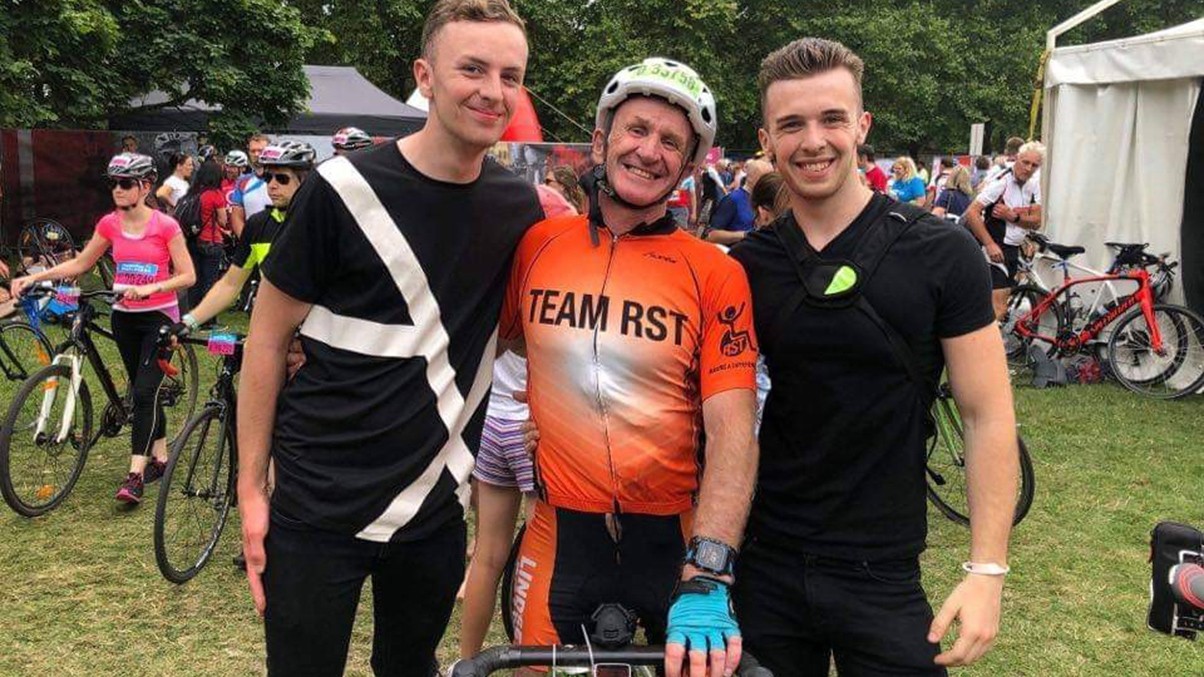Stewarts’ client EB received a £1.6m settlement of her clinical negligence claim after an inadequately performed spinal fixation surgery resulted in incomplete paraplegia. Stewart Young, who acted for EB in her claim, reviews the case.
Before her injury, EB enjoyed an active retirement. She was a keen church member, participating in a number of community events.
In 2015, EB started to experience cramps and numbness in her legs and feet. In June 2016, she underwent an MRI scan of her spine, which revealed a thoracic bulging disc with severe stenosis (narrowing) in her lumbar spine.
The surgery
In September 2016, EB underwent neurosurgery at her local NHS hospital (a T11/12 decompression and lumbar decompression with posterior fusion at L4-S1). This involved inserting screws into her lumbar spine to facilitate the fusion.
Following the surgery, EB had significantly reduced power in her legs. A CT scan revealed that four of the six screws had been misplaced. EB underwent further surgery to remove and reinsert one of the screws. Despite this, EB continued to suffer from severe weakness in her legs.
While recovering from her surgery, a nurse mistakenly removed EB’s lumbar wound sutures, which were meant to remain in place. The wound became infected, resulting in EB losing further function in her legs. Her condition deteriorated over the following weeks, and she was admitted to intensive care with sepsis. She underwent a debridement operation but eventually had to have a fourth operation to remove the infected metalwork from her spine.
EB was left with little power in her legs and is now reliant on a wheelchair for the rest of her life. EB lived in a council high-rise flat, which she could not leave without assistance.
Legal case
EB’s claim was taken on by Stewarts, with Stewart Young, a senior associate, conducting the case.
Independent expert evidence was obtained from a neurosurgeon, microbiologist, nurse and radiologist. The experts were of the opinion that the surgeon failed to perform adequate spinal fusion surgery and that when replacing a screw during the second surgery, that screw was also misplaced. The infection was also likely to have been introduced by inappropriate removal of sutures meant to remain in place. Stewarts sent a letter of claim to the hospital trust.
The defendant admitted the screws were negligently placed and the sutures should not have been removed, and this caused the infection. However, they denied that this had caused EB’s paraplegia, which they said was a recognised complication of the thoracic decompression.
Nevertheless, the defendant agreed to pay limited interim damages to EB to finance her rehabilitation while the case was ongoing. Stewarts used the interim funds to instruct a case manager to assist EB.
Stewarts commenced court proceedings on EB’s behalf. After exchanging expert evidence, the defendant’s microbiology expert unexpectedly changed their opinion to say that the infection was a recognised complication of the initial operation and EB would have developed sepsis and some of her loss of function in any event. They sought to resile from some of their earlier admissions.
Settlement
Stewarts quantified the case with a view to holding a round table meeting (RTM) with the defendant to try and settle the case before any court ruling was required.
To fully assess EB’s needs, Stewarts obtained expert reports in the fields of spinal rehabilitation, care/occupational therapy, physiotherapy and accommodation. We also obtained a financial expert’s report regarding EB’s future accommodation claim options in light of her relatively short life expectancy and the fact she lived in an expensive area in London.
Despite the defendant’s requests to delay the RTM, it went ahead in March 2022. Stewarts instructed a leading barrister, Simon Dyer QC, to act on EB’s behalf. Negotiations continued late into the day until the client accepted a final offer of £1.6m.
This settlement will enable EB to purchase a suitable ground-floor property within the area she has lived for over 50 years. She will also be able to pay for a care package as her needs increase with age.
Testimonial
EB’s daughter says: “When I was told my mum would be in a wheelchair, I didn’t know what to do. It felt like the world had stopped. I then quickly went into problem-solving mode and called solicitors that dealt with medical negligence matters. After some advised the risk in bringing a claim was too great, everything changed when I was referred to you.
“The settlement will allow my mum to buy a property that is far better than the one she is living in now and help us to cover her care costs. I thank you and the team from the bottom of my heart for all the work you did for my mum, all with good cheer. I appreciate it all so much.”
You can find further information regarding our expertise, experience and team on our Clinical Negligence pages.
If you require assistance from our team, please contact us.
Subscribe – In order to receive our news straight to your inbox, subscribe here. Our newsletters are sent no more than once a month.




